UK CPI rose 0.4% mom in November, below expectation of 0.6% mom. In the 12 months to November, CPI slowed from 11.1% yoy to 10.7% yoy, below expectation of 10.9% yoy. Core CPI also slowed from 6.5% yoy to 6.3% yoy, below expectation of 6.5% yoy.
ONS said: “The easing in the annual inflation rate in November 2022 reflected, principally, price changes in the transport division, particularly for motor fuels and second-hand cars. There were also downward effects from tobacco, accommodation services, clothing and footwear, and games, toys and hobbies. The largest, partially offsetting, upward effect came from price rises for alcohol in restaurants, cafes and pubs.”




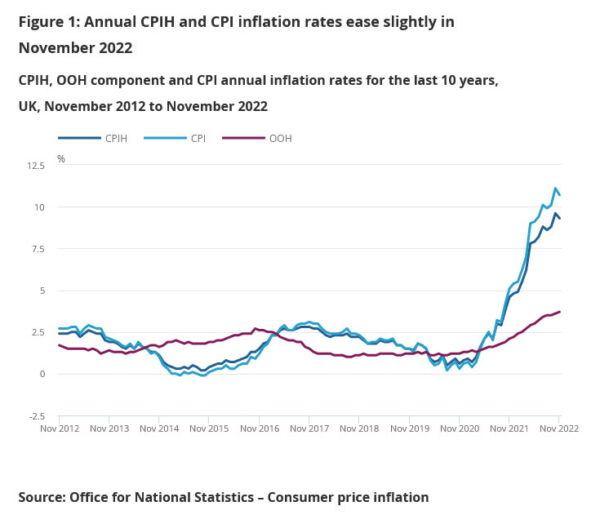
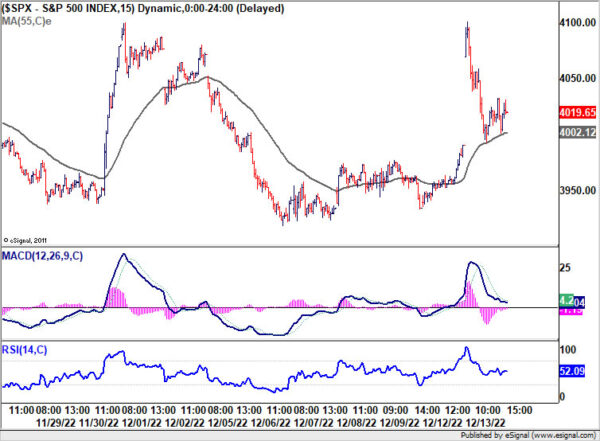
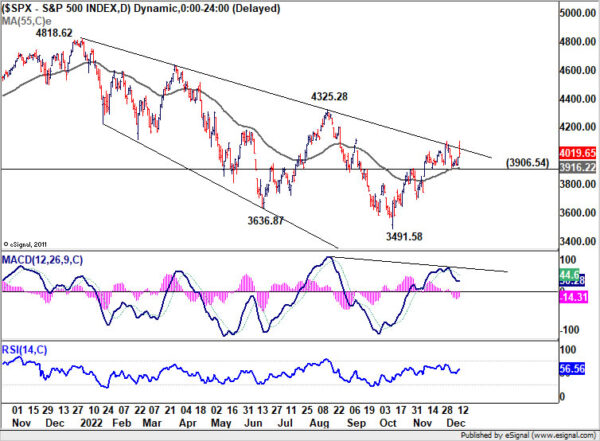
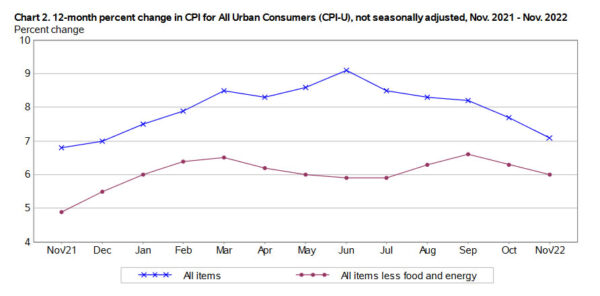
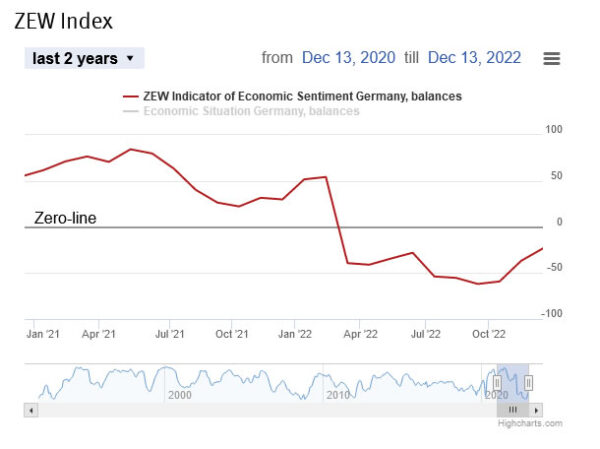
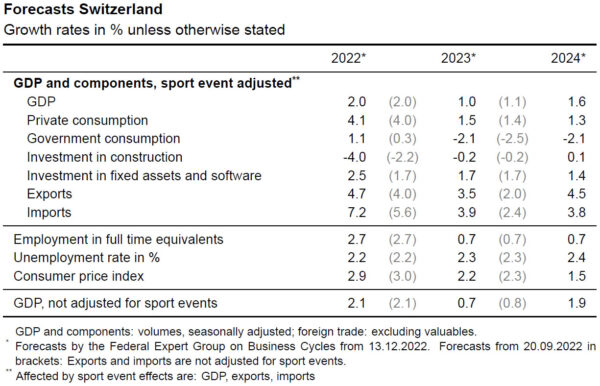
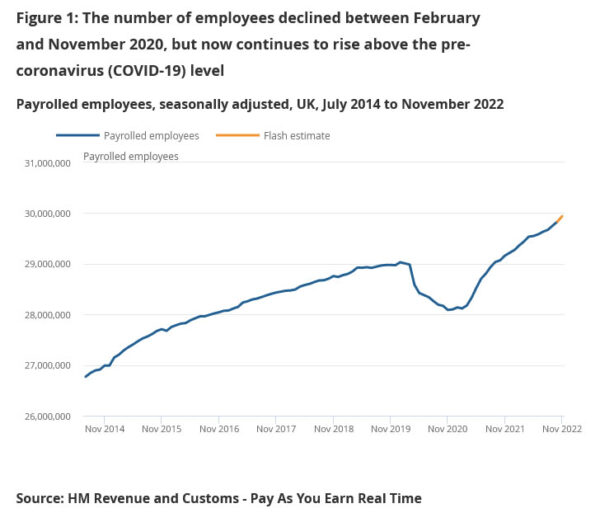
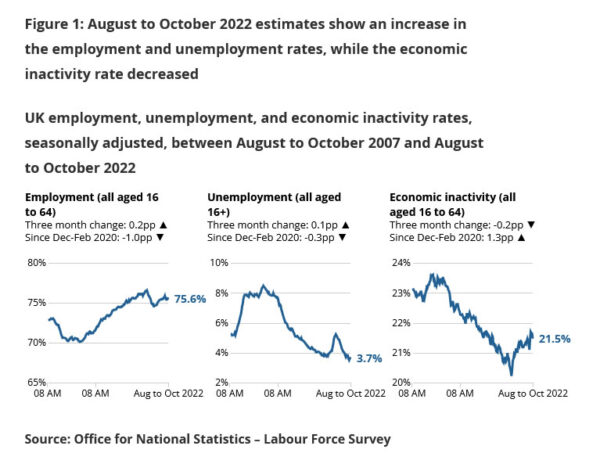
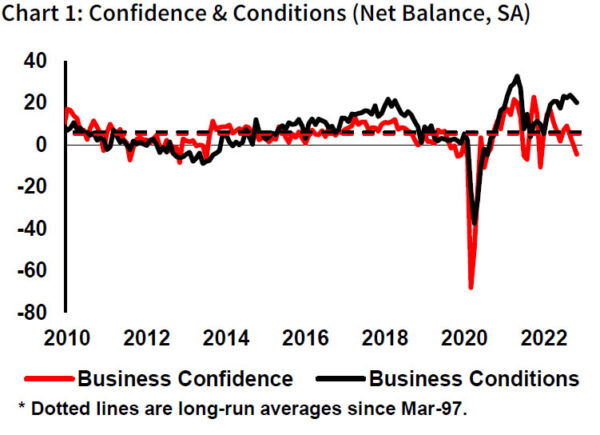
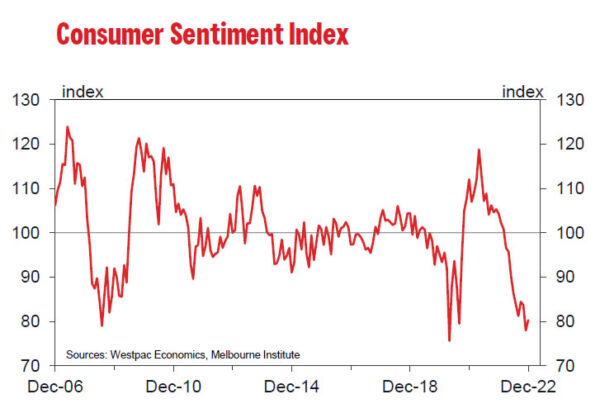
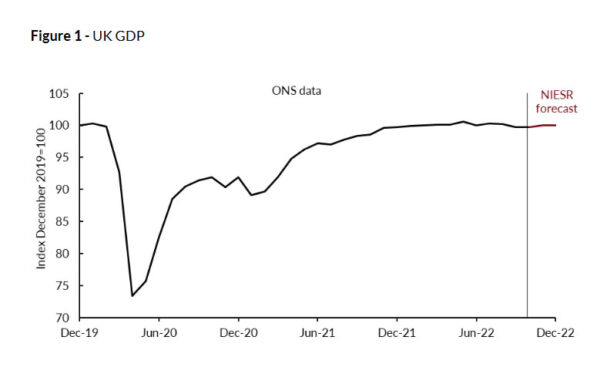
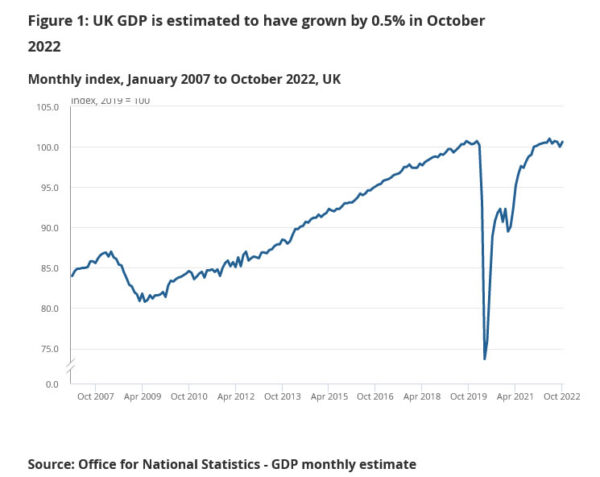
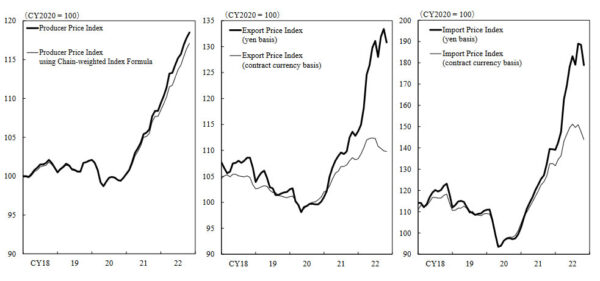
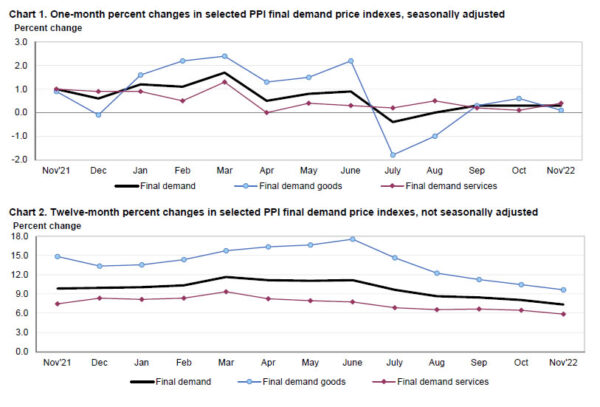
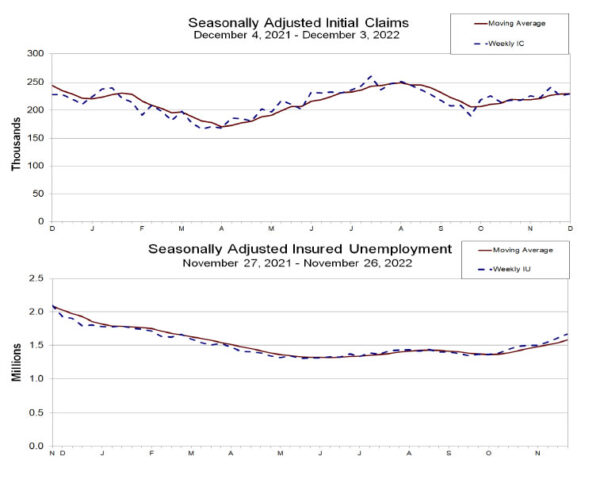
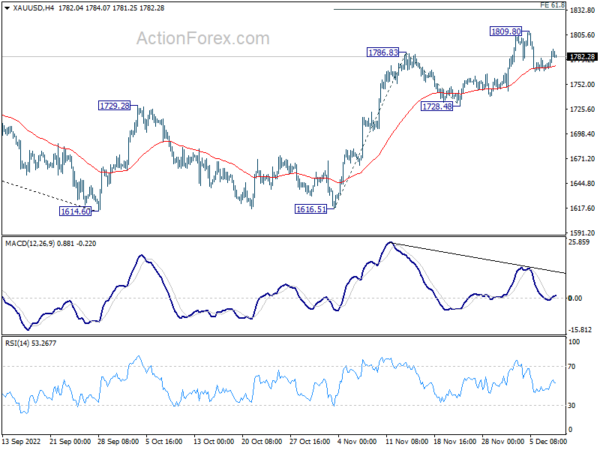

Ifo: Germany economy to contract in Q4 and Q1
Ifo said the German economy is “suffering from huge supply shocks”. Price press is “not expected to ease until 2024, and then only slowly”. Overall inflation is expected to fall from 7.8% in 2022 to 6.4% in 2023. However, core inflation is expected to rise from 4.8% to 5.8% next year.
Ifo also said Germany GDP is forecast to grow 1.8% in 2022, contract slightly by -0.1% in 2023, and back at 1.6% in 2024. Economy output to expected to fall by -0.3% qoq and -0.4% qoq in the two quarters of the 2022-23 winter half-year (i.e. Q4 and Q1). Thus, Germany will be technically in a recession. But starting in spring 2023, the economy is expected recovery and growth at stronger rates in the second half .
Full release here.